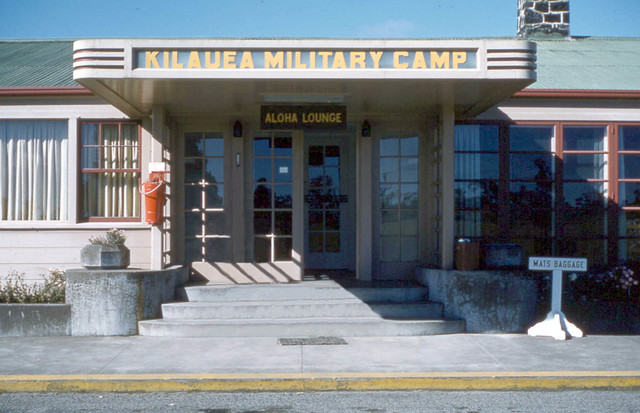They heard all the rumors, but they held out hope. Hilo Lanes was deteriorating, services became more limited and prices kept going up. ADVERTISING They heard all the rumors, but they held out hope. Hilo Lanes was deteriorating, services became
They heard all the rumors, but they held out hope. Hilo Lanes was deteriorating, services became more limited and prices kept going up.
When she started bowling in leagues in the 1960s, Momi Mauhili paid $5 a year for a locker, but a year ago that same small space cost $45, right up until the final day.
“All I know is I went to bowl in our regular league and the doors were closed,” Mauhili said. “I knocked hard and somebody came up but they didn’t open the doors, they didn’t tell us anything, except, ‘Sorry, closed.’”
Just like that, the East Side center for bowlers was gone, over night. It had been a 54-year run, one in which Big Island bowlers joined leagues, played in tournaments, started youth leagues that eventually led to high school competition and then, like a perfect strike – it was all gone.
What to do for generations of Hilo bowlers? Some drive to Kona these days, others, like Mauhili and the Lehua Senior League, were saved by the armed forces of the United States of America.
Granted, it’s not like storming the beaches at Normandy, but it’s good to know the military feels a part of the Hawaii community, which it has been for 99 years at Kilauea Military Camp, the only Morale, Welfare and Recreation site for active and retired military in the country that happens to be situated in a national park and it also happens to contain a dandy little bowling center with six lanes.
“We are a little different,” KMC deputy director Bruce Taylor, “not in what we do, but in the environment in which we’re doing it. The park and KMC kind of grew up together.”
True enough, Hawaii Volcanoes National Park opened in August of 1916, Kilauea Military Camp officially opened in November of the same year after several years of planning. Each state has MWR sites for the military, all are open to all branches of the service, but few have the history and connection to the community that KMC enjoys.
In some small way, the closure of Hilo Lanes has brought the community and KMC even closer.
On Mondays and Tuesdays, the dedicated ones gather up their equipment, meet with friends at the appointed hour and they all head up toward the volcano. One $10 Hawaii Volcanoes National Park for the seniors returns them a lifetime pass for all in the car, which eliminates the admission fee.
It’s a little bit of a hassle to make the 45-minute drive some require to get to KMC, but compared to still fresh memories of the deteriorating atmosphere at Hilo Lanes and the threat of closure they heard in rumors on a weekly basis, heading up the hill to a place happy to have them is a treat.
The weekly trips come with a sense of adventure and novelty over the renewal of friendships and socializing that is at the heart of the leagues.
These people all know one another, most of them have been friends for decades, if not longer. It’s the community, the shared experience they appreciate.
“We might be here a while,” said Vicente Pelanca, the secretary-treasurer of the Lehua Seniors League, “we haven’t heard anything too encouraging (about Hilo Lanes reopening). There are rumors, but we heard those for years before it finally closed so it’s hard to know what might happen next.”
For now, they have all they need at KMC where the six lanes are well maintained, there’s a grill and the size of the place, modest by most bowling center standards, is just right for the displaced bowling crowd.
It also makes them work harder to hit their averages. The speculation is, that the wider expanse of temperatures at KMC, where it can go from the mid-80s in the day to the mid-50s at night, creates atmospheric changes that have an impact on the oil used on the lanes.
“Something in the air,” said Rosaline Takata, “my average went from 165 in Hilo to 146 here, but it’s OK. It’s more than OK, really, these people here have worked with us, they have tried to help, they really have been wonderful to us.”
It’s the weekly routine, the smiles and laughter that bring them back, and when you feel that inside and get to renew it over and over, the miles traveled fall away for the seniors who drive to a national park to bowl next to a volcano.
(Email column comments and suggestions to barttribuneherald@gmail.com)



